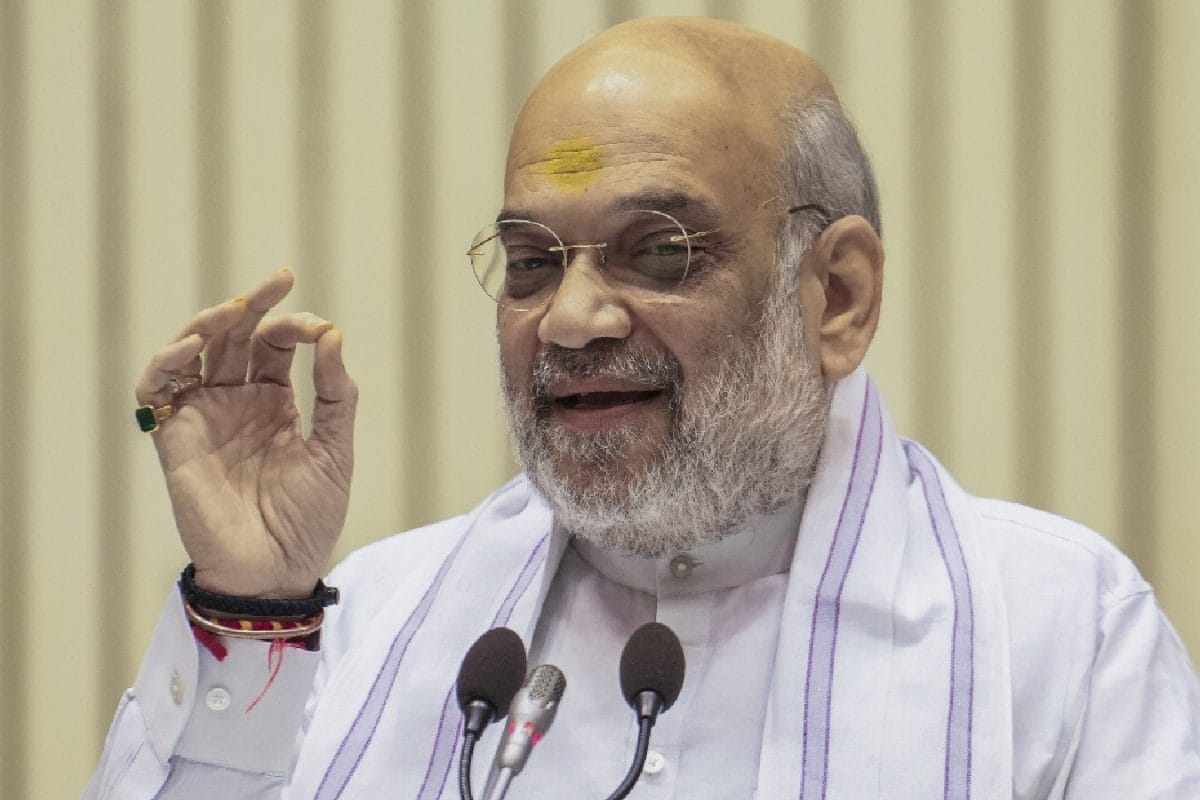

India has emerged as a global leader in disaster management, a transformation Union Home Minister Amit Shah attributes to the dedicated efforts of the National Disaster Management Authority (NDMA), the National Disaster Response Force (NDRF), and other related organizations. Addressing a conference with relief commissioners and disaster response forces from states and Union Territories on Monday, June 16, 2025, Shah highlighted the significant strides made over the past decade, particularly under the Modi government.
Shah emphasized that the approach to disaster mitigation has evolved from simply minimizing casualties to actively pursuing a target of zero casualties. He stated that the last 10 years would be remembered as a transformative period in India's disaster response history, marked by significant improvements in capacity, efficiency, speed, and accuracy. The NDMA, NDRF, and the Coalition for Disaster Resilient Infrastructure (CDRI) have played pivotal roles in elevating India's position on the global stage.
The Home Minister lauded NDMA's work in policy formulation, research, public awareness initiatives, and the development of various applications, as well as its overall coordination and policy-related endeavors. He also acknowledged the NDRF's widespread recognition, strong reputation, and the respect it has garnered nationwide. The State Disaster Response Force (SDRF) has also contributed significantly to this robust disaster management structure, with the NDRF actively involved in training SDRF personnel to meet its own high standards.
To foster a unified and proactive approach, workshops and meetings involving all agencies related to relief and disaster management have been organized over the past two years, creating a platform for the exchange of ideas and best practices. This "whole-of-government" strategy has helped address shortcomings and enhance the country's overall preparedness. Shah suggested expanding the scope of these conferences to include disaster-sensitive districts and tehsils, ensuring that disaster management strategies are effectively implemented at the grassroots level.
Recognizing the increasing challenges posed by climate change and global warming, Shah stressed the importance of integrating environmental conservation into disaster management strategies. He called for addressing the root causes of disasters while maintaining full preparedness to tackle them.
The government has also made substantial financial investments in disaster management. The budget for the State Disaster Response Fund (SDRF) increased from Rs 38,000 crore between 2004 and 2014 to Rs 1.44 lakh crore between 2014 and 2024. Similarly, the NDRF's budget saw a significant rise from Rs 28,000 crore to Rs 84,000 crore during the same periods. Overall, the total budget for disaster management has nearly tripled, from Rs 66,000 crore to Rs 2 lakh crore.
Shah urged relief commissioners to prioritize the preparation of district disaster management plans within 90 days, emphasizing that swift and effective disaster response is impossible without these plans in place. He also announced that the central government would conduct annual inter-state disaster management mock drills to further enhance coordination and preparedness.
Furthermore, Shah highlighted the importance of leveraging technology and innovation in disaster management, including integrating the Start-Up India initiative to advance disaster relief technologies. He also emphasized the need for real-time response frameworks to address extreme heat events and urged officials to develop strategies to protect against lightning strikes. Drawing attention to Cyclone Biparjoy in 2023, which resulted in no fatalities, including animals, Shah underscored the government's commitment to achieving zero-casualty outcomes in disaster situations. He noted the shift from a relief-centric approach to a comprehensive and integrated strategy that prioritizes proactive measures and community engagement.